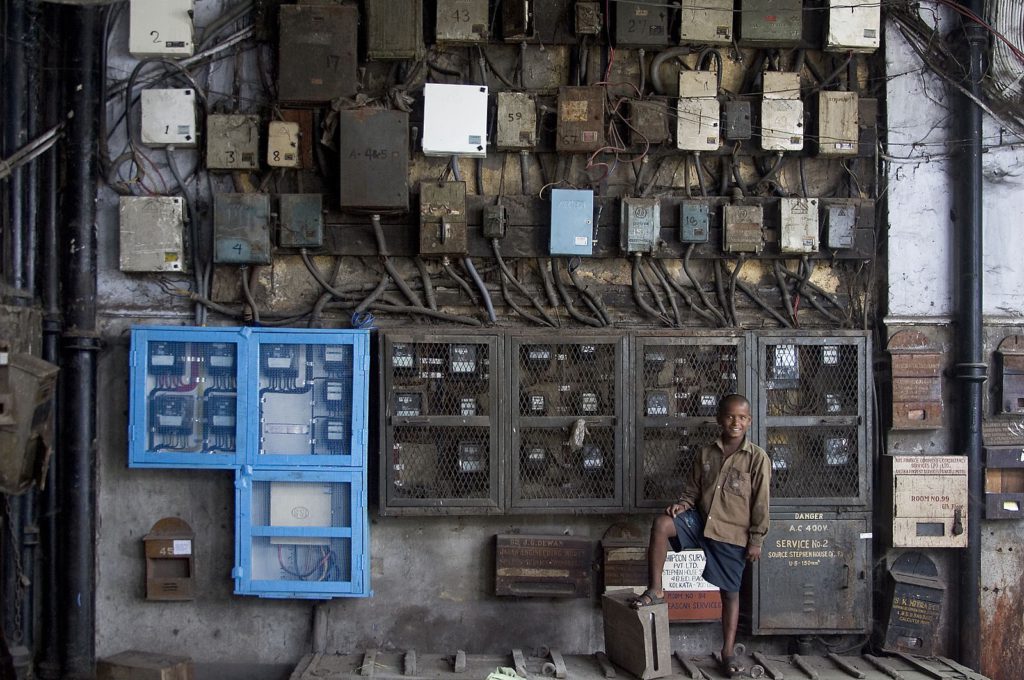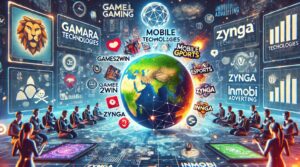What do Power Utilities or Distribution companies (DISCOMS) do ? They procure power, and sell it through their network of wires, feeders, substations and transformers. Electricity is a perishable item, i.e. there is a cost to its storage. Historically it has not been stored by Discoms. So we can compare it to a milk retailer. What should be the business model for high profitability? Buy at low prices, sell at high prices, keeping operations and maintenance costs low. So simple, isn’t it ? But when we look at Indian case, Discoms are in a mess. Let us look at it in a little detail.
Background
Indian discoms suffer in all three of its work. Power procurement due to high cost of generation, long term contracts, flawed planning. Operational efficiency due to high technical & commercial losses, high operations & maintenance expenses, and inefficiencies in capital expenditure. Inefficient Tariffs, or the price to the customer due subsidy to agriculture, other consumers and cross subsidy.
Cross subsidy is unique to Indian case. Discoms charge higher tariffs to industrial and commercial consumers to charge lower tariffs to agricultural and other low income consumers.
What is wrong ?
This has been happening for decades. So what is the problem now ? Low cost solar. Like Oil & Gas, electricity has been a seller’s market. Consumer has no choice but to buy it. But Solar combined with storage is giving power in the hands of the consumer. Consumer can set up Solar or other captive plant; and leave the grid, or consume less, keeping grid only as backup.
What is happening and worst case scenario
There is a shift away by high consumption consumer ( Industrial/ Commercial) towards captive, short term market for their power needs. Others are installing Solar plus storage to reduce their grid consumption, or through net metering selling back to discoms. If this trend continues, discoms would be left with customers who they have been cross subsidising. This would be disastrous, as currently also they are in high debt and this would lead to complete breakdown of electricity distribution in the country.
Way forward
What should Discoms do ? They should change their business model. They should try to become a digital platform just like Uber or Airbnb. Let us breakdown their various functions:
Procurement — For high power consumers, Discoms should become facilitators having direct contracts between generators and consumers. Discoms should charge distribution fee. This would prevent high power consumers to go for captive, and would present them with low tariffs and variety of choices.
For medium to low consumers, they should provide the option of becoming entrepreneurs and setting up small solar or wind plants and sell it on the platform to other small consumers. The electricity platform should provide platform where buyers and sellers could meet.
In the future, with electric cars, we would see a dynamic system where cars not in use would act as electric storage and supply power. Discoms would be able to implement this, if their business model is a platform where they just act as a facilitator and governor of the platform.
Operations & Maintenance — They should outsource this aspect of their business, and concentrate on core part of their business, that is facilitating supply of power to end user. They should demand high efficiency, current losses are as high as 40 % in India
Tariffs — Assuming 80 % of customers and the government help 20 % of customers pay low tariffs currently. Discoms should again acting as a platform, should only take commission on the power transferred and not involve in tariff setting. For helping low income groups and the agriculture, government should set up small solar plants say 1 MW locally, and provide power to agriculture and low income groups. They would have to do it in all districts and set up a different organisation other than the discom to do this. This would direct the subsidy directly to those who need it instead of wasting it on inefficiencies of the discoms or to high capacity customer. I have illustrated this in a small case study as a youtube video. Link is in the references.







